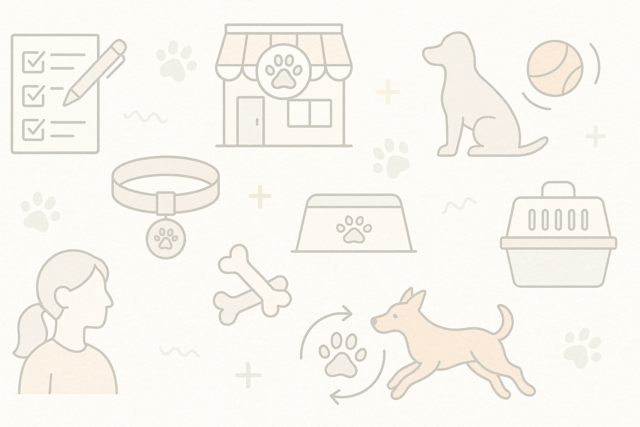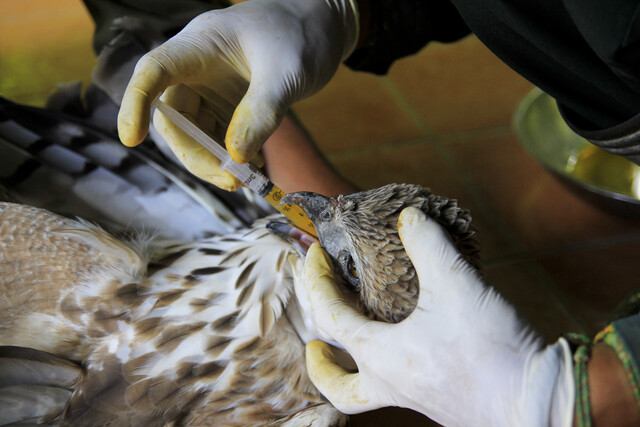Introduction: A business plan is a document that organizes all the information you have collected, your ideas for the startup of the business, a 3 to 5-year long range forecast or vision for the business, costs to both start and maintain, employee/expert needs and experience you will bring in. It includes research on the current state of opportunity in your community or the market analysis, services and products your business will offer, location possibilities and how you will set up the physical layout. You will need insurance information, local laws and zoning requirements, financial plans for the short and long term, and rates or fees of services.
Other data you must write down is who your customer will be, a marketing plan and details about how you will work with both the business and the public community to advance goodwill and improve the lifestyle of everyone. You will find that knowing and stating this information will keep you focused, will give you a stable outline to share with others in your community as they become interested, and to obtain funding. When you move into any community to work or live, you want to become a vital and important part of that community because you are planting your future in its hands.
Business plans or templates are readily available on line, at community colleges, and at your local Small Business Administration, a government organization that assists small and new businesses providing mentors, ideas, and guidance. Building the plan right should give you a good vision about how you will get what you want and meet your goals. It will help you to clearly see where to begin and how to prioritize the steps. Your business plan should be a work in progress. As you meet your goals, you will develop new goals that will be written in the same manner and into the same business plan. Not only will this keep you assessing the goals you've set, it will let you see your progress, learning, and remind you why your made certain decisions. It will become your manual for all further decisions. From this basic business plan, you may want to extend it to a monthly plan, a yearly plan or a 2 to 5-year plan. It is the place to begin when changes are called for. This plan will turn keep you accountable to the cash flow. You will want to add an accounting record to track what is going on in your business and make time to review it with someone other than yourself. You should be able to read through your business plan after you've been in business for a while and see exactly how certain decisions led to specific consequences both positive and negative.
To Franchise or Not to Franchise: In the February, 2015 of the Small Business Organizations Blog, Caron Beesley, listed the top 6 best businesses to start and find success. Pet services were in this list. In 2012, Mitch Murrow a onetime NFL player and a Wall Street hedge fund manager invested $4 million in the high end pet care business in New York City. He was frustrated in his own search for services for his two large dogs. After gathering funding, he developed centers that included private parks, professional trainers, connections with top health services and a large private country doggy "boot camp" obedience and exercise camp. His business included pick up and drop off services. Murrow built his services around packaged deals and yearly memberships with discounted fees. His intention was to franchise these high-end pet day cares across the nation.
There are some positive reasons to franchise. When you purchase a franchise you are buying work that someone else has done, tested, and found to be profitable. You get a brand that is already known and trusted with some customer loyalty. Decisions for marketing, suppliers, materials, setups, and support are usually set, and often training comes with the purchase. Some franchises offer financial support. Still the business is yours, you are basically in control and it has less risk than stepping out alone.
There are some negative reasons to owning a franchise. The start-up costs are often much more than you would put into a business that you design. There are always royalty fees that you must pay back into the franchise and some will charge you for marketing campaigns. You are limited to the explicit requirements of the franchise, including the products and services, and systems. Most franchised agreements are under a long term contract, so you are bound to the business regardless of your circumstances and you are bound to the reputation of the franchise which can be good or bad. Though the risks are less, there are risks involved.
To franchise or not to franchise is a decision you must look at in your examinations, previous to writing a plan. Analyze the pros and cons for yourself by visiting and observing and researching the dog day care franchises out there.
The Plan: As you develop your ideas and thoughts into plans and put them down on paper, you will begin to notice a system of connected parts. That's as it should be. Each facet of the plan or the development of your business should be attached to every other part. It should include sketches, lists, addresses and names of anyone you've talked to, places where you've found supplies, and people you might hire to do work for you as you bring your vision into reality. Keep pictures of your dogs or friend's dogs in the place you work. Make sure that as you plan and revise and finalize that you keep at the heart of all things, the dogs you will be caring for. In fact, keeping a photo journal of places you visit and dogs at play or employees at work will remind you that this is more than just a business. You are creating a vision of your love for dogs. If you aren't then you are surely in the wrong place. It is not unlike an artist who has a vision and works for months to craft concrete materials into a final piece that started as an abstract idea.
The business plan is the place to iron out the details, finalize ideas and make those difficult decisions. If you've done your background work, you will be ready for this part. Knowing who your customers are, what products and services you will offer, where you will locate, and exactly where you are going with this should be molded into specific details. Not that it cannot be changed, but you need to frame it up into a strong model to follow.
Again, if you are unsure of how to organize a plan with all the ideas you have in your head, there are fill in the blank templates to use. Use resources available to you. Your banker, other dog day care owners, professional organizations, your local college, library, and the Small Business Administration all provide the information you will need. Hopefully you have given yourself some time to do the research and plan and not have to hurry through it. That would be your first and biggest mistake. If you need income, get a part-time job until you are prepared to start your dog day care.
Sustainability of a Dog Day Care: As you proceed with your plan to open a dog day care there are plenty of things to think about, to develop and to pull together. But part of your planning must include how you plan to get and keep customers, how to make and maintain a healthy and fun place for dogs, and how you communicate with the public. A large part of sustaining a profitable and successful dog day care is how you interact with people. That means more than the person who represents your business at the front desk, or the person who plays with the dogs or takes them for walks. It means conveying to your public that you know your business, really care about dogs, and are willing to work with them to give the best care that fits their pooch.
There is no limit to how you can do this. Again, what you do, needs to fit your dog day care, your services and products, and your clientele. Look at what other dog day cares do, find web-sites, blogs, books and pamphlets. There is Animal Radio on 131 Am/FM that offers everything you'd ever want or need to know about animals, offering all kinds of programs and information. There is The Dog Channel.com that also has links to more information than you could ever read. Dog day cares should offer their human customers information about local places that are dog friendly, like restaurants, public buildings, vet services, and shops. Hopefully you will be every pet owner's advocate in the community toward making it totally dog friendly. You could also provide information about services and updates on new trends that could be found on the internet but that you research and provide for your customers. This is part of your service that won't cost you a thing. For example, if you know someone is traveling with their dog, you should be able to tell them about dog friendly places to stay. You learn to go out of your way to provide information and to treat your customers well, because that is what will give your business longevity.
|
Dog FAQS:
The investment of a dog can be large. If you have financial problems, have difficulty just making it from month to month, investing in a dog is probably not a good idea.
A pure breed dog from a healthy and professional kennel can be thousands of dollars. Getting dogs from ads on line or in the paper can be disappointing. Often dogs purchased in this way are not healthy, have problems or a history you won't know about. If you just want a dog to love, adopt a dog. It is fairly affordable. However, if you are advising your customers about getting a dog they should know that a first visit to the vet can run from $300 to $500. In the first year, the license, equipment and extra things like toys can run as much as $200 and food another $650. Pet insurance, which is really necessary due to the high cost of care can run another $250. That first year of owning a dog can be expensive. There are also grooming, kennel and day care fees. After the first year, the cost will drop but its care continues to be an expense that must be recognized. Of course there is more of an investment than money. The care of a dog in a home is time consuming. The dog must get exercise, no matter the weather, it must be cleaned and cleaned up after it makes a mess. Dogs need attention. That's why so many people who have dogs, don't have children. A dog is like a child in many ways. You can't just leave it alone all day without a plan. You have to maintain its health and give it attention. And no matter how great a dog you have, a dog is a dog and it may chew up furniture, tear up bedding, dig holes in the garden, ruin shoes and bark loudly. To commit to a dog takes a special kind of person. Some people are dog people and some just are not. |

























